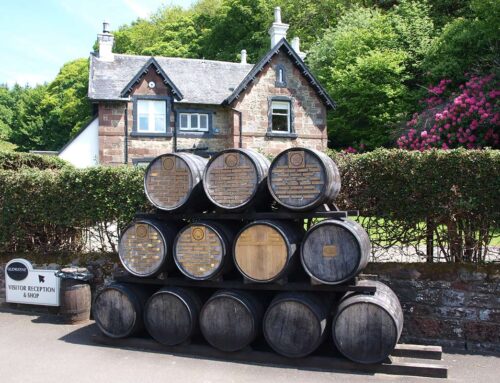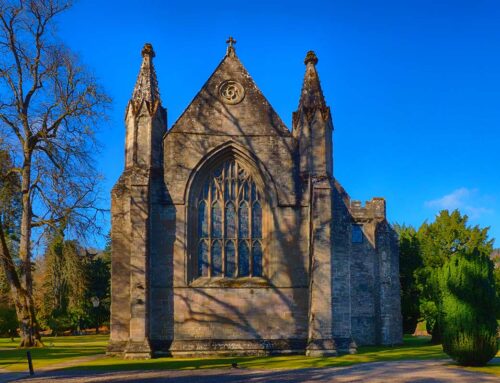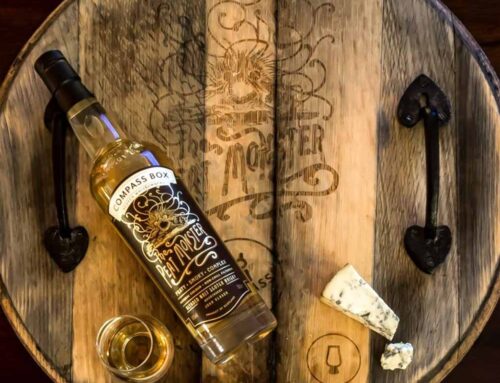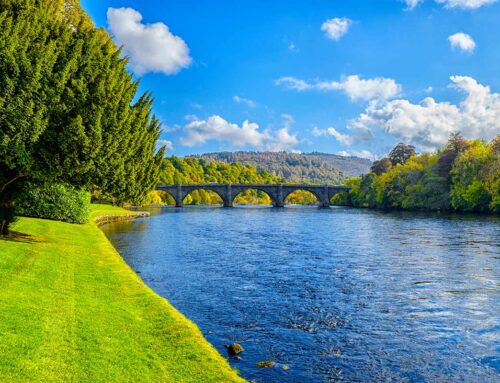Explore Scotland’s Whisky Distilleries with a Scotland Distilleries Map
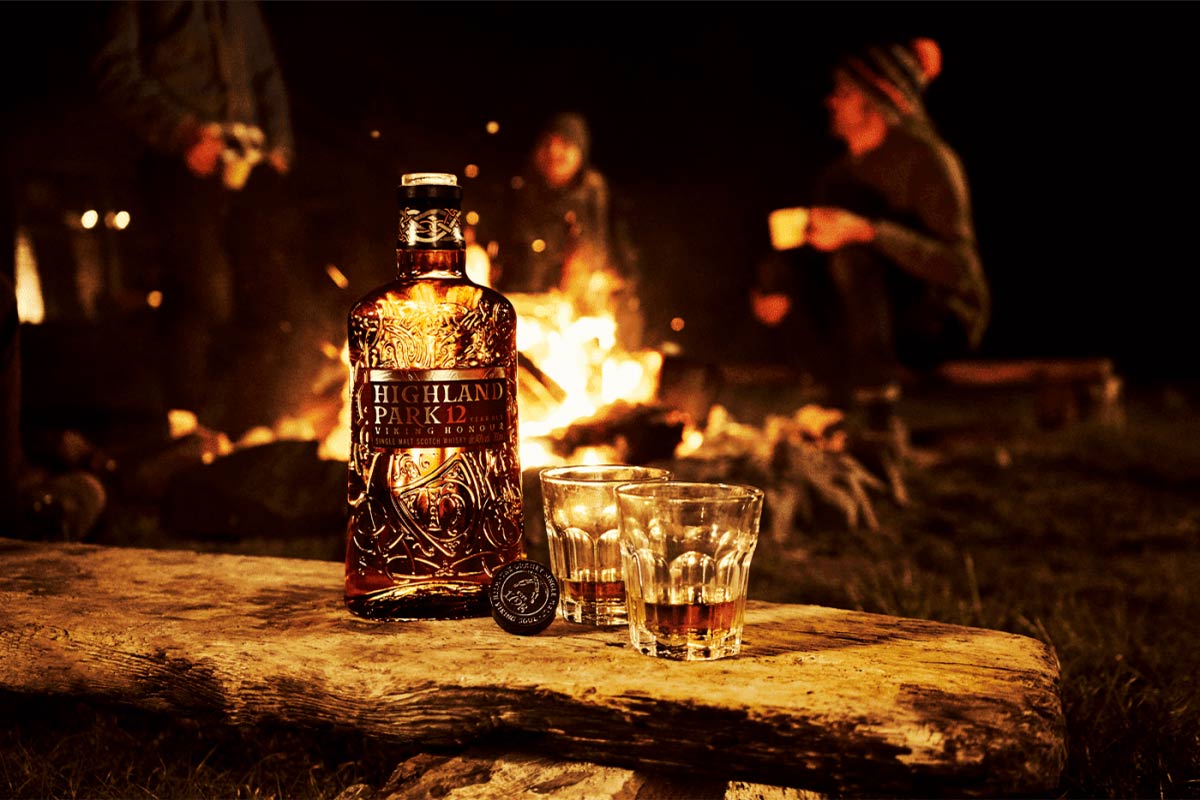
Scotland, the birthplace of Scotch whisky, boasts a rich history and diverse landscape that sets the stage for an unforgettable adventure. Embark on a journey to explore the land of tartan and thistle, where each distillery offers a unique story and a taste of the finest whisky. To guide you on this spirited expedition, we present the Scotland distilleries map, an interactive tool showcasing Scotland’s whisky distilleries.
Key Takeaways
- Explore Scotland’s whisky distilleries with an interactive map and five distinct regions.
- Tour renowned distilleries, learn the production process, sample whiskies and understand metric/imperial units used in whisky making.
- Enjoy responsibly by respecting local communities and environment for a safe whisky journey.
Interactive Scotland Distilleries Map
Amanda at Wandering Spirits is the mastermind behind the Scotland Whisky Distillery Map, has carefully designed this handy tool for an improved distillery exploration experience. The map displays various distilleries, such as the Glen Garioch Distillery, Raasay Distillery Isle, and many others, along with their visitor status and tour availability. This beautiful map not only allows you to discover renowned distilleries like Abhainn Dearg Distillery and Strathclyde Distillery but also provides you with key information and links to help you plan your trip.
Google users who are logged in can duplicate the map to their My Map application, enabling them to pin additional locations like Harris Distillery Isle and construct their personal driving routes. So, whether you’re a seasoned whisky connoisseur or a curious novice, this interactive map is the perfect companion to plan your own Spirited Adventure and explore the enchanting world of Scotch whisky.
Distillery Regions in Scotland
Scotland is partitioned into five regions that produce whisky:
- Campbeltown
- Highland
- Islay
- Lowland
- Speyside
Each region boasts its own distinct characteristics and flavours, contributing to the diverse tapestry of Scotch whisky.
The different whisky regions in Scotland offer a wide variety of styles:
- Highland: light and floral to full-bodied and smoky
- Islay: heavily peated with a strong smoky flavour
- Lowland: lighter and more delicate
- Speyside: fruity and floral
- Campbeltown: distinct, smoky and salty
Grasping the unique features of each region will broaden your whisky knowledge and aid in customising your adventure to your individual preferences, promising a truly gratifying experience.
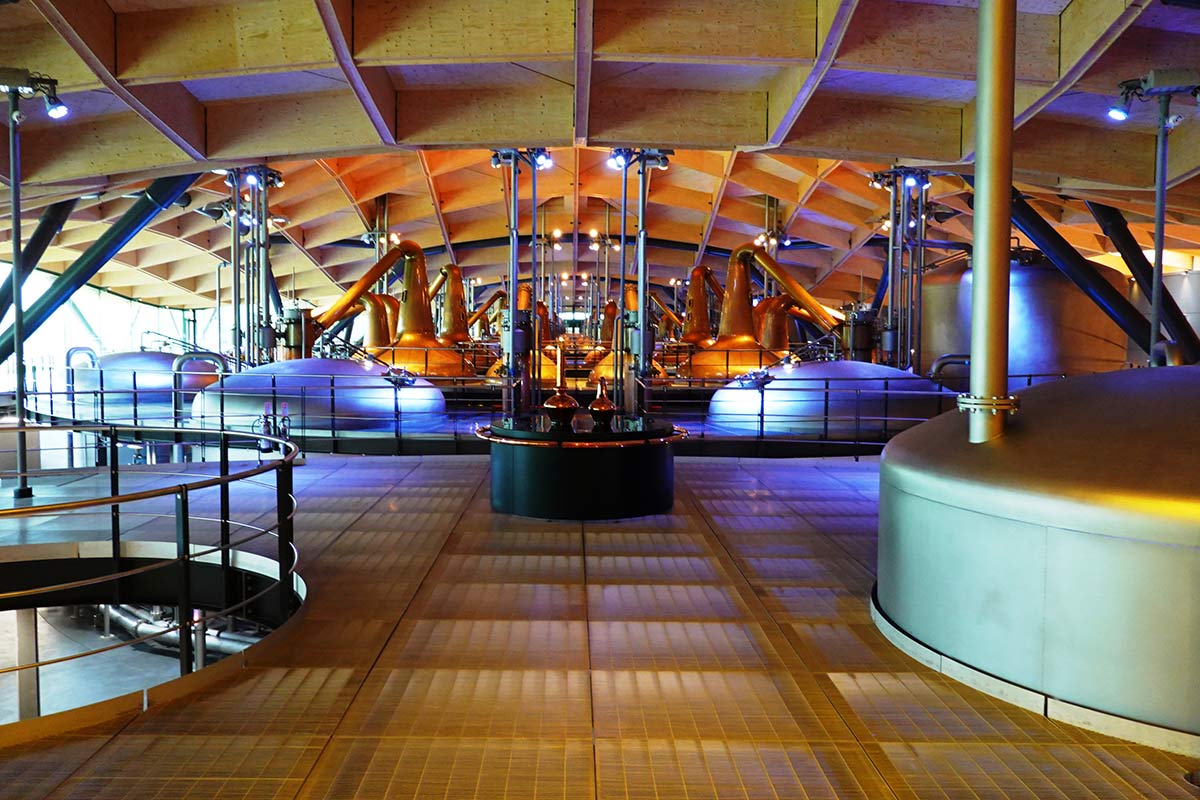
Touring Scottish Whisky Distilleries
Touring Scottish distilleries presents a distinctive opportunity to immerse into the whisky world, from the manufacturing process to the individuals crafting each bottle. There is a wide array of tours available, from guided distillery visits to virtual experiences, catering to every whisky enthusiast’s interests.
To tour a whisky distillery, begin by researching distilleries in the area you plan to visit. Many distilleries, such as Glen Garioch Distillery, offer guided tours where you can:
- Learn about the whisky-making process
- Explore the distillery facilities
- Gain knowledge of the history and production methods
- Sample various whiskies
It is recommended to check the distillery’s website for tour availability and booking information, as some may require advanced booking. During the tour, you can taste different whiskies and immerse yourself in the world of whisky production.
In addition to guided tours, some distilleries offer virtual experiences, allowing you to explore the world of Scotch whisky from the comfort of your own home. Whether you opt for an in-person or a virtual tour, you will surely discover a wealth of knowledge and appreciation for the art of whisky production.
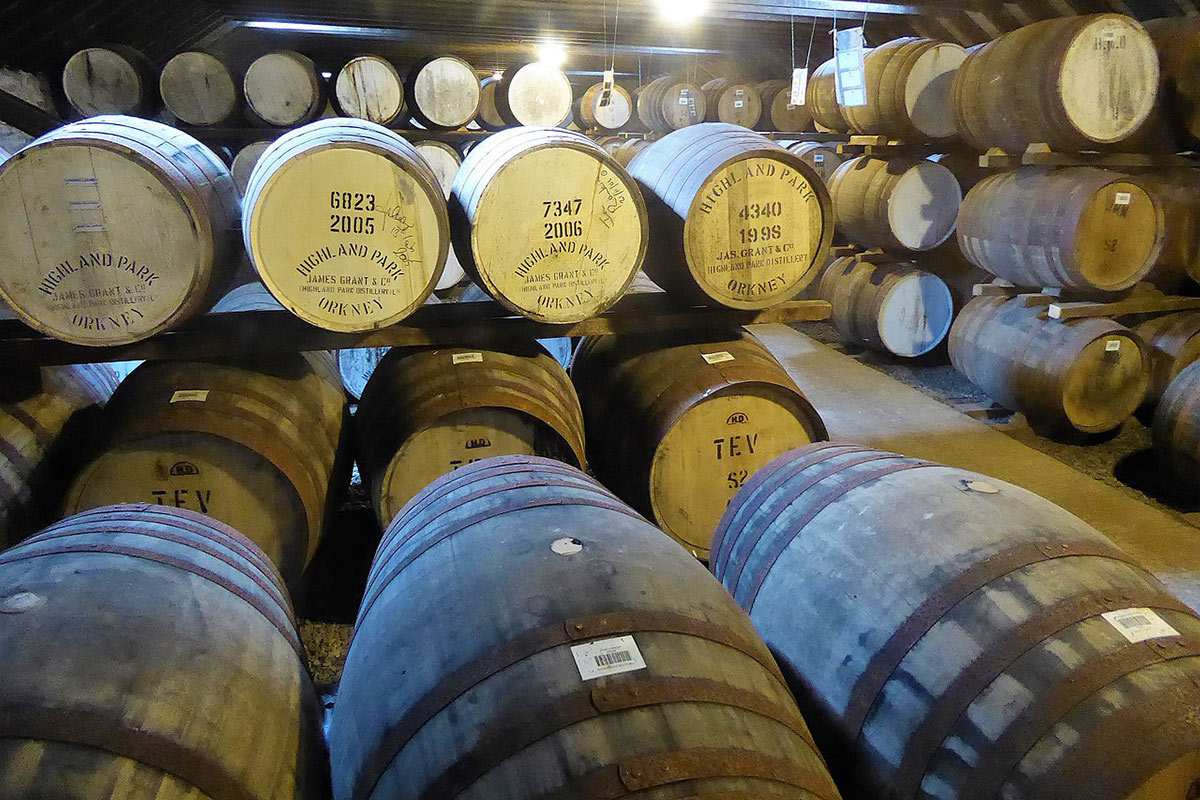
Highland Park Distillery
Photo by https://commons.wikimedia.org/w/index.php?title=User:Bingar1234&action=edit&redlink=1 under this license https://creativecommons.org/licenses/by-sa/4.0/deed.en
Notable Distilleries to Visit
While all of Scotland’s distilleries offer unique experiences, some stand out as particularly noteworthy. Among these are:
- Glenfiddich
- Glengoyne
- Highland Park
- Old Pulteney
- Isle of Harris
- The Macallan
- Dalmore
- Oban
- Glenturret
- Edradour
These distilleries are renowned for their exceptional whisky, rich history, and captivating stories.
Every distillery has unique features, like the kind of whisky it produces, its manufacturing process, and its rich history. To make the most of your visit, consider taking a guided tour, participating in a whisky tasting, or simply exploring the grounds at your leisure.
Setting off on an expedition to these iconic distilleries will enhance your admiration for the art of whisky production and forge unforgettable memories and experiences to cherish forever.
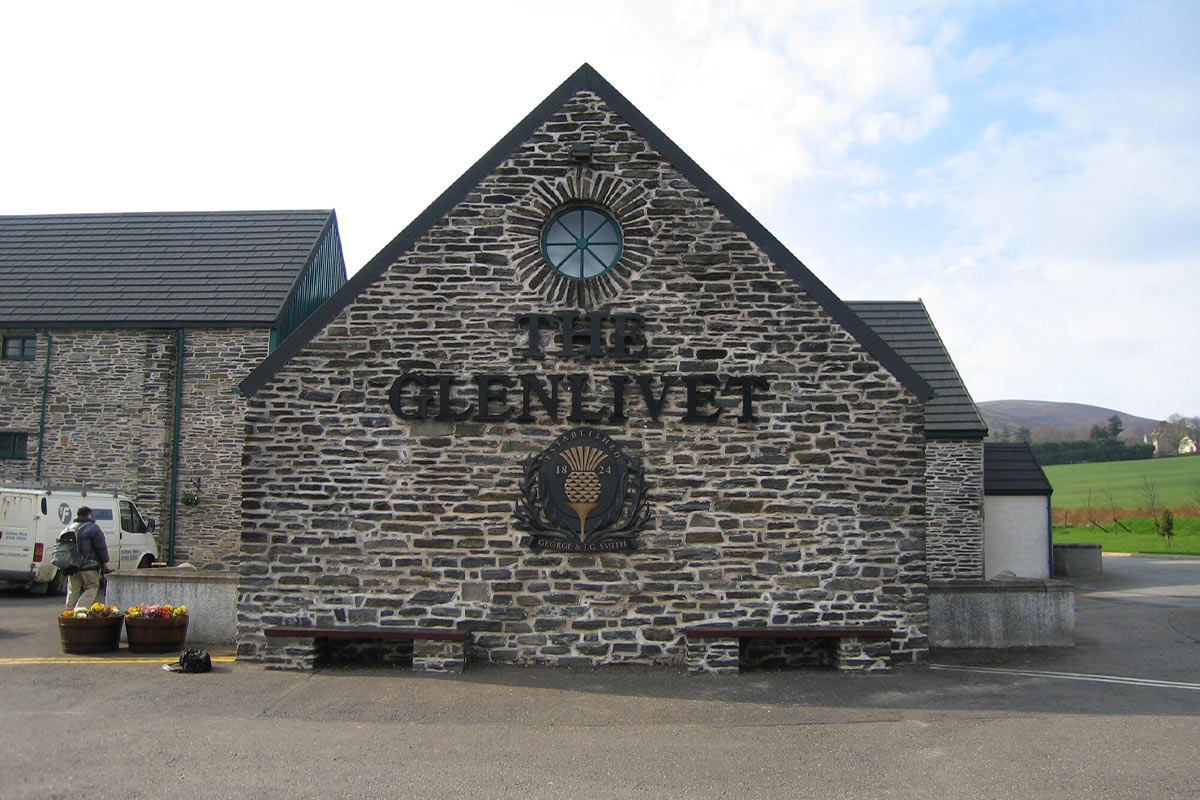
The Glenlivet Distillery
my friend, Y. Kohno, CC BY-SA 3.0 <http://creativecommons.org/licenses/by-sa/3.0/>, via Wikimedia Commons
Grain Distilleries in Scotland
In addition to the traditional malt distilleries, Scotland is also home to grain distilleries, which produce a different style of whisky. Grain distilleries utilise a blend of grains such as wheat, corn, and rye, resulting in a lighter and smoother whisky compared to the more robust and full-bodied malt whisky.
Notable grain distilleries in Scotland include Cameronbridge, Girvan, and North British. These esteemed distilleries offer a unique opportunity to expand your whisky palate and discover the diverse styles of Scotch whisky available.
Planning Your Whisky Adventure
Careful planning of your whisky adventure is crucial for a seamless and pleasurable experience. Consider your transportation options, such as:
- Public transportation: the most economical choice, but may not be the most accessible.
- Car rental: provides greater accessibility but can be more costly.
- Private tour companies offer the highest level of accessibility but are the most expensive option.
Accommodation is another crucial factor, with options ranging from hotels and bed and breakfasts to self-catering cottages. Each type of lodging has its advantages and drawbacks, so choosing the one that best suits your needs and budget is important.
- Lastly, plan your whisky adventure by following these steps:
- Research the distilleries you wish to visit.
- Research transportation and accommodation options available.
- Take into account the time of year, weather conditions, and tour and tasting availability when planning your trip.
By considering all these factors, you can ensure a memorable and hassle-free whisky adventure.
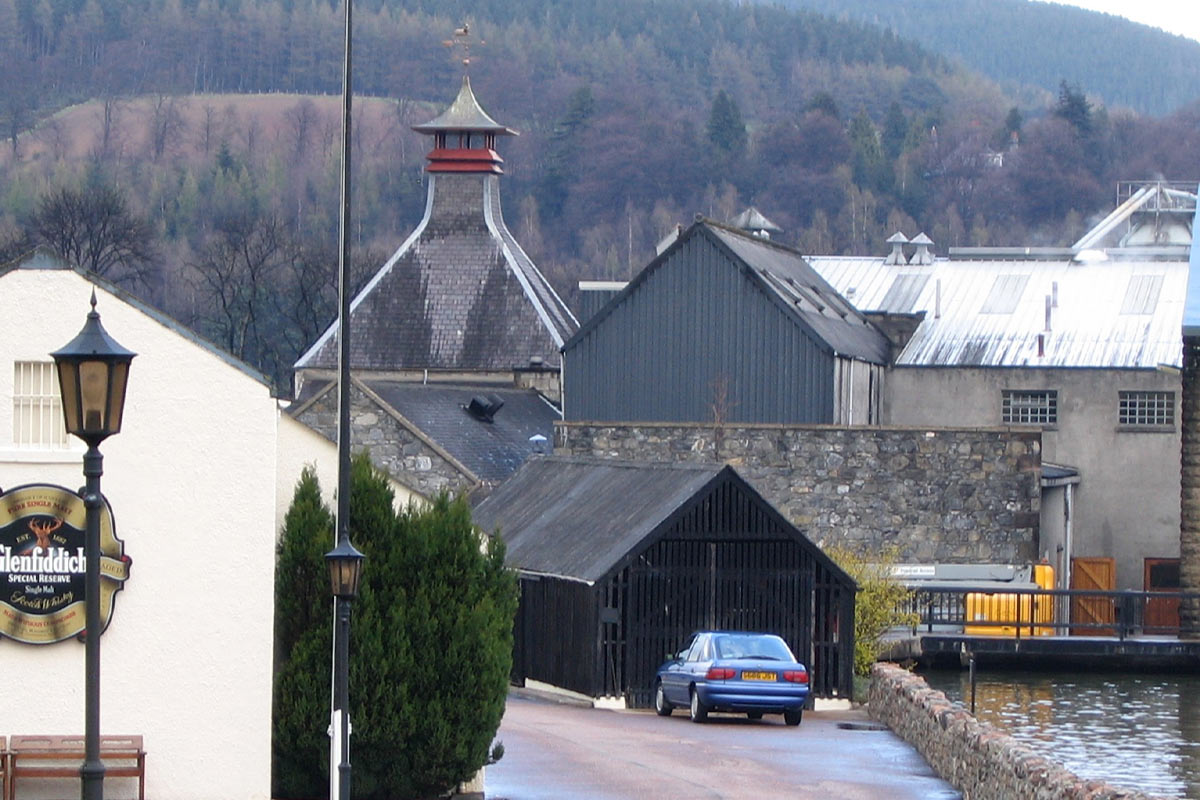
Glenfiddich Distillery
my friend, Y. Kohno, CC BY-SA 3.0 <http://creativecommons.org/licenses/by-sa/3.0/>, via Wikimedia Commons
Metric and Imperial Units in Whisky Production
In whisky production, metric and imperial units vary, depending on the country and distillery. Standard metric units include litres for measuring the volume of whisky and kilograms for measuring the weight of ingredients. At the same time, imperial units such as gallons and pounds may also be used in certain contexts.
Understanding the different units of measurement used in whisky production can enhance your appreciation for the craft and lend insight into the various production methods employed across the globe.
Whisky Tasting Tips
Mastering the art of whisky tasting is key to thoroughly enjoying whisky’s complexities. This involves assessing a whisky’s aroma, flavour, and texture through the processes of nosing, sipping, and recognising flavour profiles.
When nosing whisky, follow these steps:
- Take a small sip and swirl it around your mouth.
- Inhale deeply through your nose and exhale through your mouth, allowing you to identify the whisky’s aromas.
- Sip the whisky and savour the flavours, noting any distinguishing characteristics.
Taking the time to taste and appreciate whisky properly will enrich your understanding of this exquisite spirit and heighten your overall enjoyment of the experience.
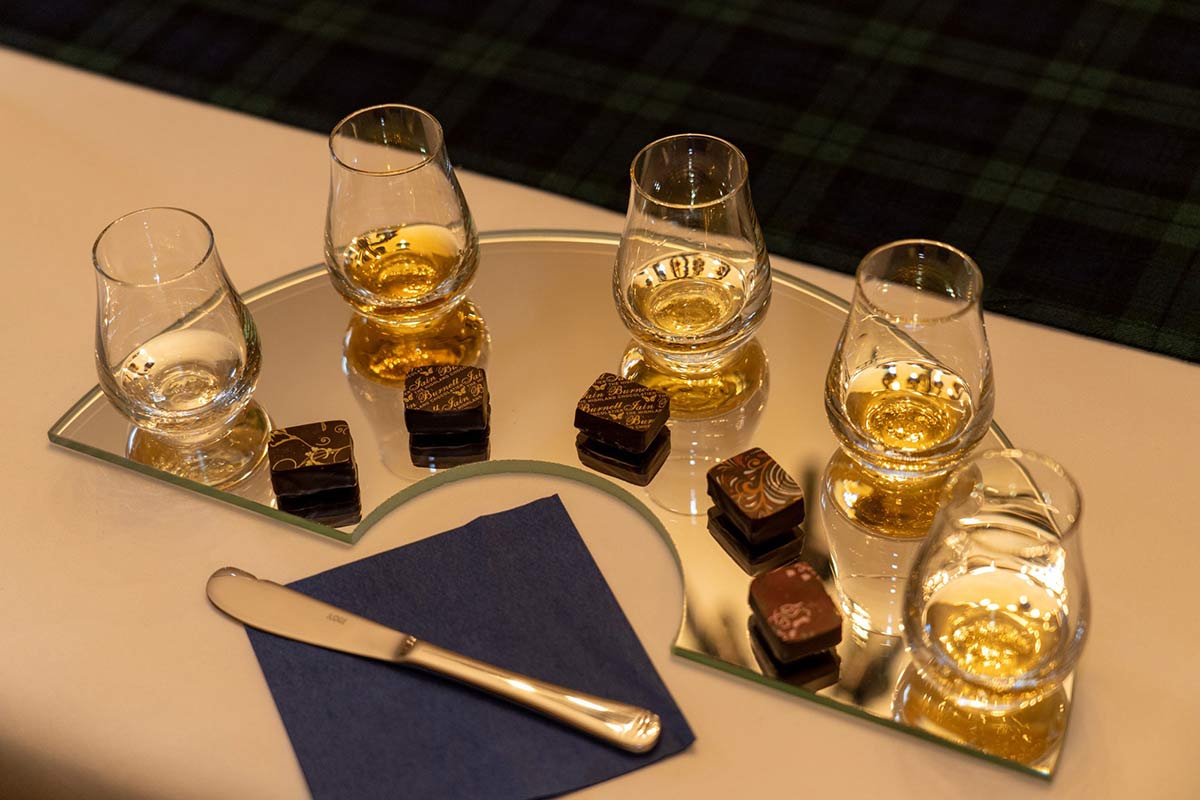
Responsible Visiting and Drinking
As you set off on your whisky journey, practising responsible visiting and drinking habits is of utmost importance. Adhere to the UK Chief Medical Officers’ low-risk drinking guidelines, which recommend consuming no more than 14 units of alcohol per week on a regular basis.
Moreover, be respectful of the environment, the local community, and the distilleries you visit. By following these guidelines and prioritising quality over quantity, you can ensure a safe, enjoyable, and memorable whisky journey that will leave a lasting positive impression.
Summary
Exploring Scotland’s whisky distilleries is a journey filled with rich history, captivating stories, and diverse flavours. You can immerse yourself in the enchanting world of Scotch whisky by using the interactive map, visiting the various regions, and experiencing the distinct styles of whisky offered by malt and grain distilleries. With careful planning, responsible practices, and an open mind, your whisky adventure will undoubtedly be a memorable and rewarding experience that will leave you longing for more.
Frequently Asked Questions
How many distilleries are there in Scotland?
There are over 130 active whisky distilleries spread across Scotland, divided into five whisky-producing regions. This makes Scotland home to the world’s largest concentration of whisky production, with more than 140 malt and grain distilleries in total.
What is the most visited distillery in Scotland?
Edradour Distillery is the most visited distillery in Scotland, renowned for its stunning Highland views and remarkable experience.
Where are the most distilleries in Scotland?
Speyside is the most prominent region in Scotland for distilleries, boasting well over 60. It’s home to some of the world’s most famous single malt whiskies, such as The Glenlivet and Glenfiddich, and is renowned for producing sweet, non-peaty malts. Thus, Speyside is home to the highest number of distilleries in Scotland.
What are the 5 whisky regions in Scotland?
Scotland has five main whisky-producing regions: Highlands, Speyside, Lowlands, Campbeltown and Islay. Each region is known for its unique character due to the local natural conditions. The world’s two best-selling single malt whiskies, The Glenlivet and Glenfiddich, come from Speyside.
What types of whisky tours are available in Scotland?
Discover the flavour of Scotland with guided distillery visits or virtual whisky tours for an unforgettable experience.
